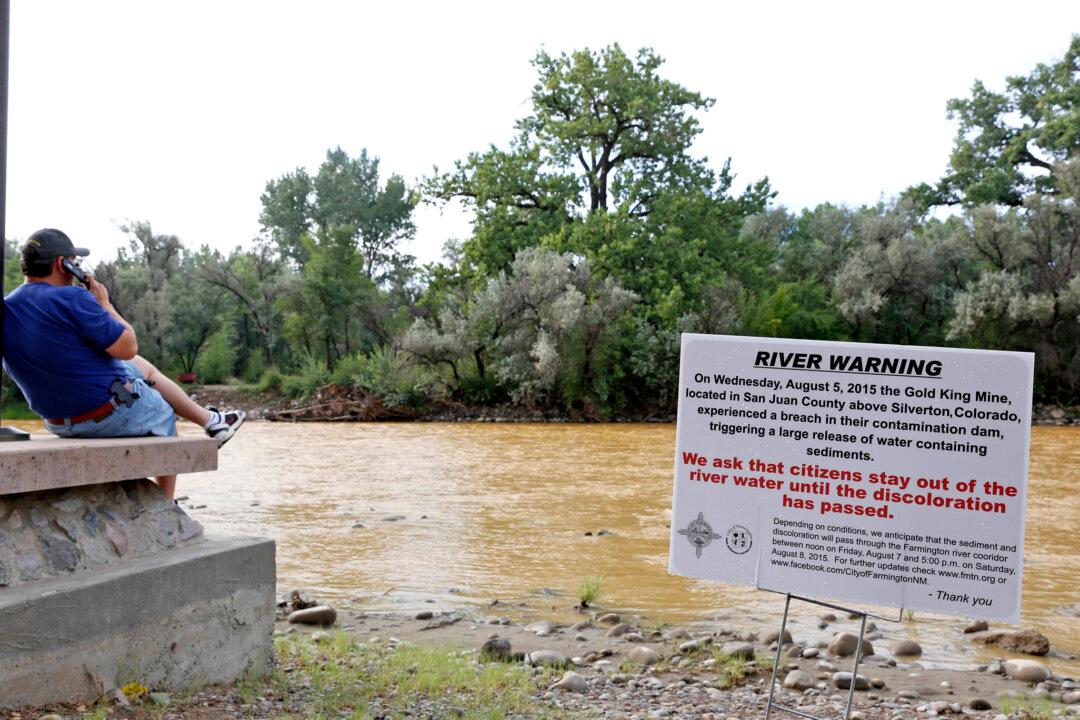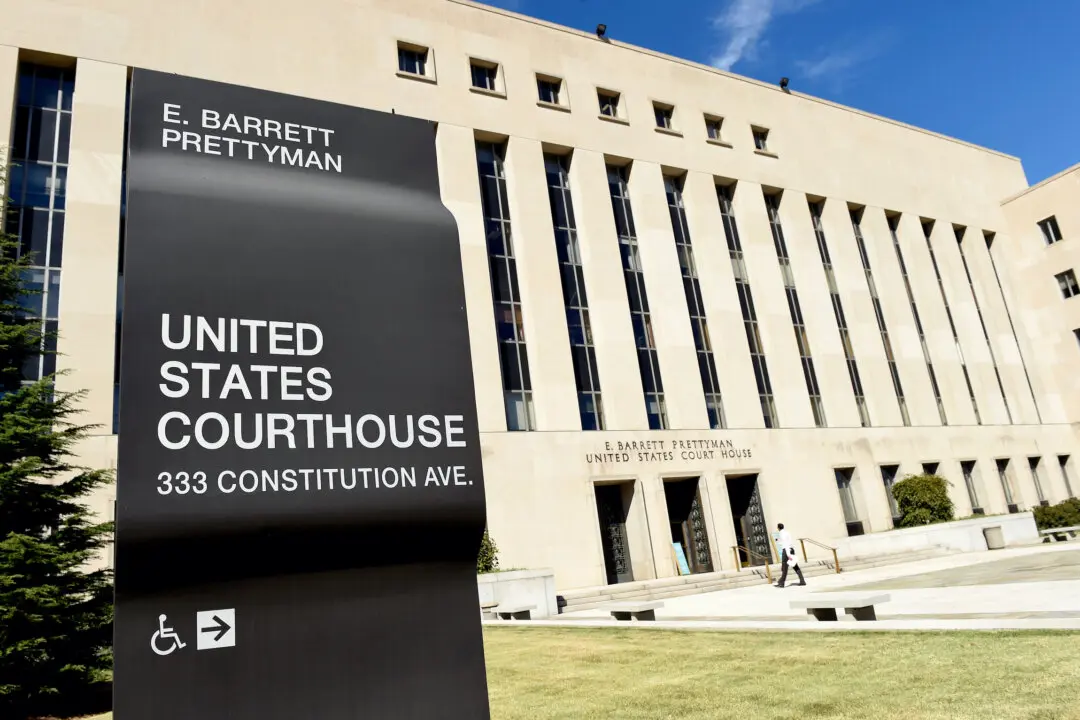BILLINGS, Mont.—Investigators are blaming the U.S. Environmental Protection Agency for a 3 million-gallon wastewater spill from a Colorado gold mine, saying an agency cleanup crew rushed its work, failed to consider the complex engineering involved and ended up triggering the very blowout it hoped to avoid.
Members of Congress seized on the results of the two-month Interior Department investigation to slam EPA’s handling of a spill that fouled rivers in three states.
The Aug. 5 accident has revived a long-simmering debate over the unresolved fate of hundreds of thousands of abandoned mines across the U.S, offering ammunition to both sides.
Whereas Republicans, including U.S. Sen. Cory Gardner of Colorado, focused their ire solely on the EPA, U.S. Sen. Michael Bennet, also of Colorado and a Democrat, coupled his criticism of the agency with a call for reforms that could speed mine cleanups.
The Colorado spill would have been avoided had the EPA team checked on water levels inside the inactive Gold King Mine before digging into its collapsed and leaking entrance, a team of engineers from Interior’s Bureau of Reclamation concluded in a 132-page report released Thursday.
Abandoned hard-rock underground mines are not subject to the same federal and state safety requirements other mining operations must follow, and “experience indicates that they should be,” the report concluded.
“A collapsed flooded mine is in effect a dam, and failure must be prevented by routine monitoring, maintenance, and in some cases remediation,” the engineers wrote. “However, there appears to be a general absence of knowledge of the risks associated with these facilities.”
The findings have implications across the United States: Similar disasters could lurk among the many abandoned mines that have yet to be cleaned up.
The total cost of containing this mining industry mess could top $50 billion, according to government estimates.
The root causes of the Colorado accident trace back decades, when mining companies altered the flow of underground water through a series of interconnected tunnels in the extensively mined Upper Animas River watershed, the report said.
EPA documents show its officials knew of the potential for a major blowout from Gold King, located north of Silverton, Colorado as early as June 2014. After the spill, EPA officials described the blowout as “likely inevitable” because millions of gallons of pressurized water had been bottling up inside the mine.
The Interior report directly refuted that assertion. It said the cleanup team could have used a drill rig to bore into the mine tunnel from above and safely gauge the danger of a blowout.
Instead, the EPA crew, with the agreement of Colorado mining officials, assumed the mine was only partially inundated.





